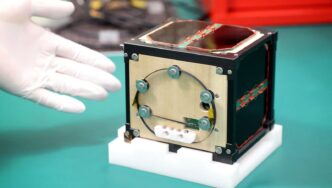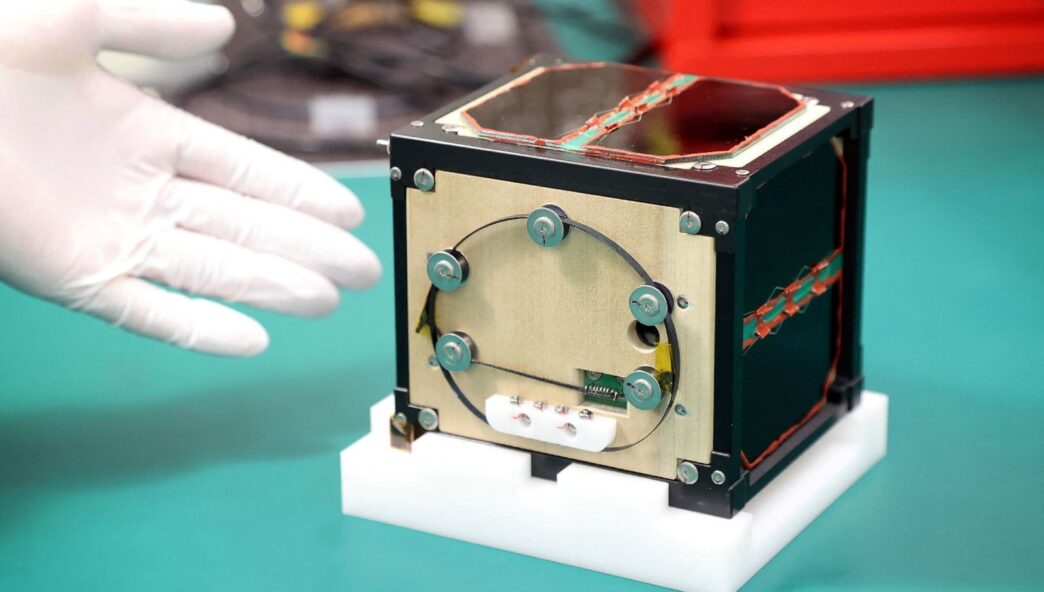The world’s first wooden satellite, LingoSat, was launched by a SpaceX rocket from NASA’s Kennedy Space Center in Florida as part of Kyoto University scientists’ sustainable space studies. The satellite, which will operate in orbit, aims to reduce the environmental impact of metal waste and provide a solution to the space debris problem.
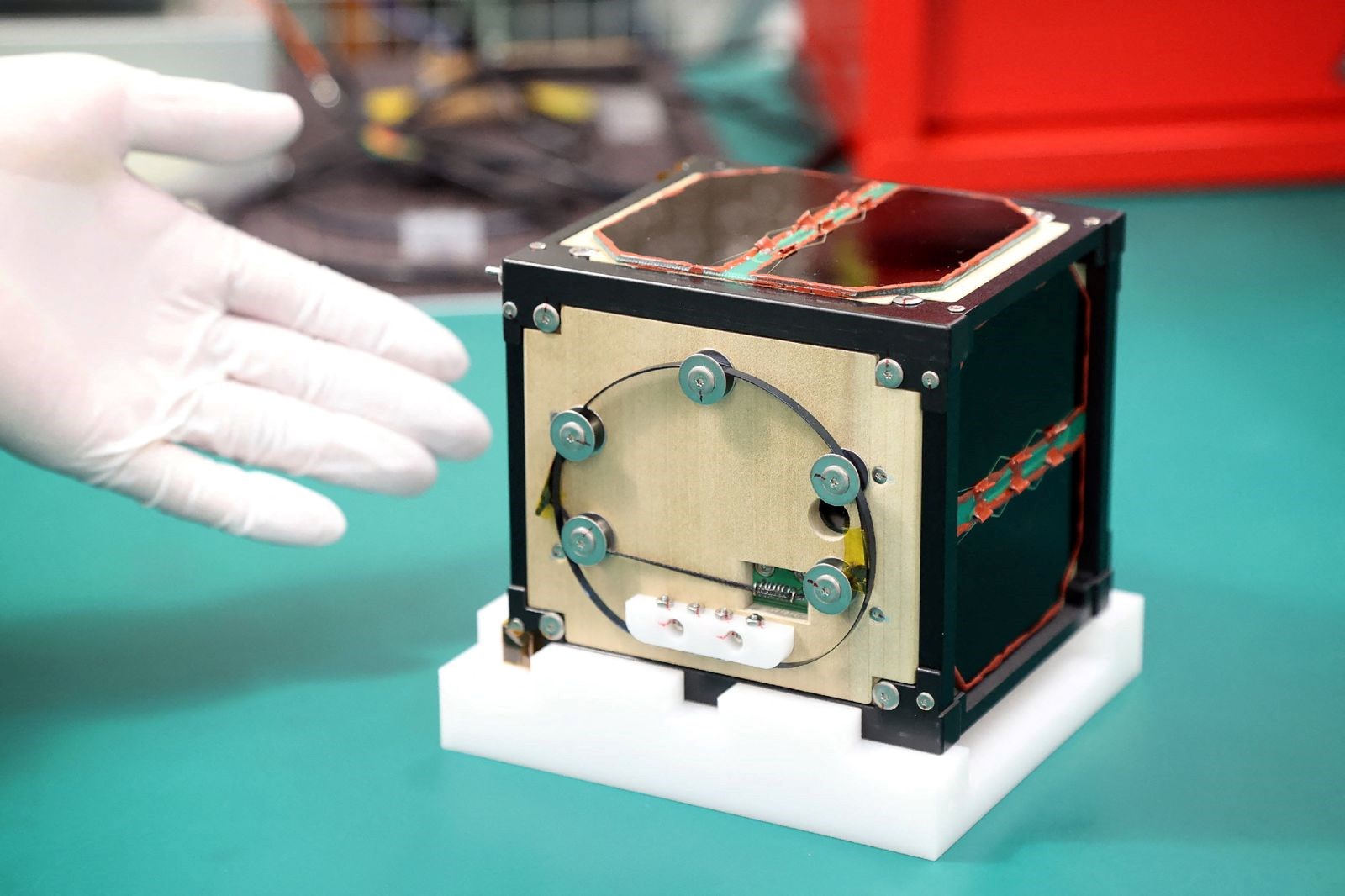
The project by scientists at Kyoto University aims to be a potential solution to the growing space debris problem.
The innovative satellite, called LingoSat, was launched on Tuesday from NASA’s Kennedy Space Center in Florida on an unmanned SpaceX rocket and later headed to the International Space Station (ISS). Measuring just 4 inches on each side, the tiny cube satellite was constructed from magnolia wood using traditional Japanese woodworking techniques, without glue or screws.
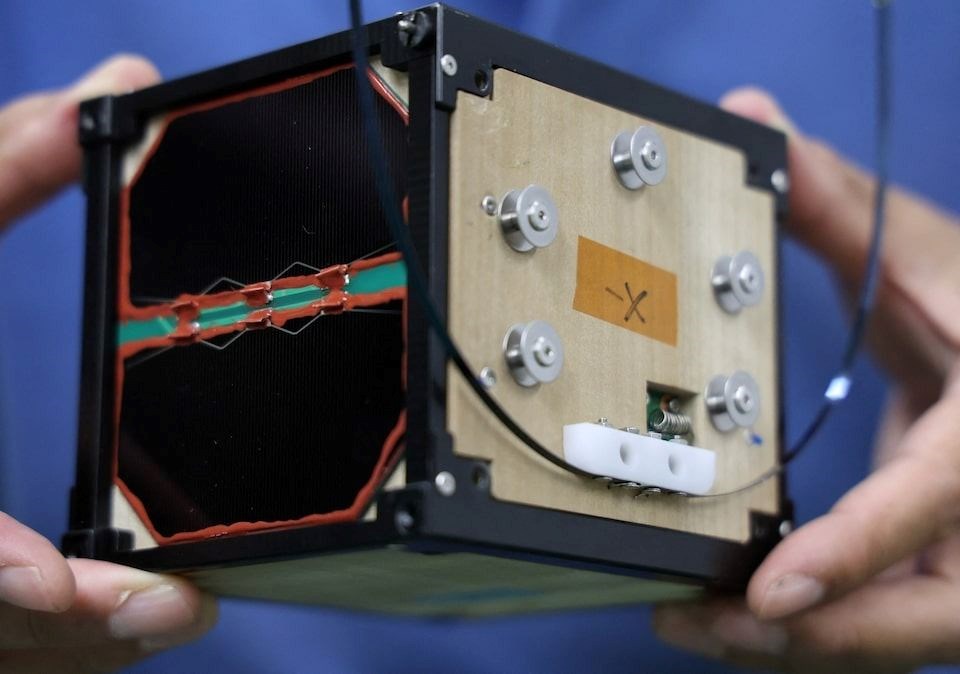
The buildup of harmful metal particles in the Earth’s upper atmosphere from deorbiting satellites.
When conventional satellites burn up upon re-entry into the atmosphere, they release metallic particles that can potentially damage the ozone layer.
A 2023 study found that these particles, especially aluminum oxides, pose significant environmental risks.
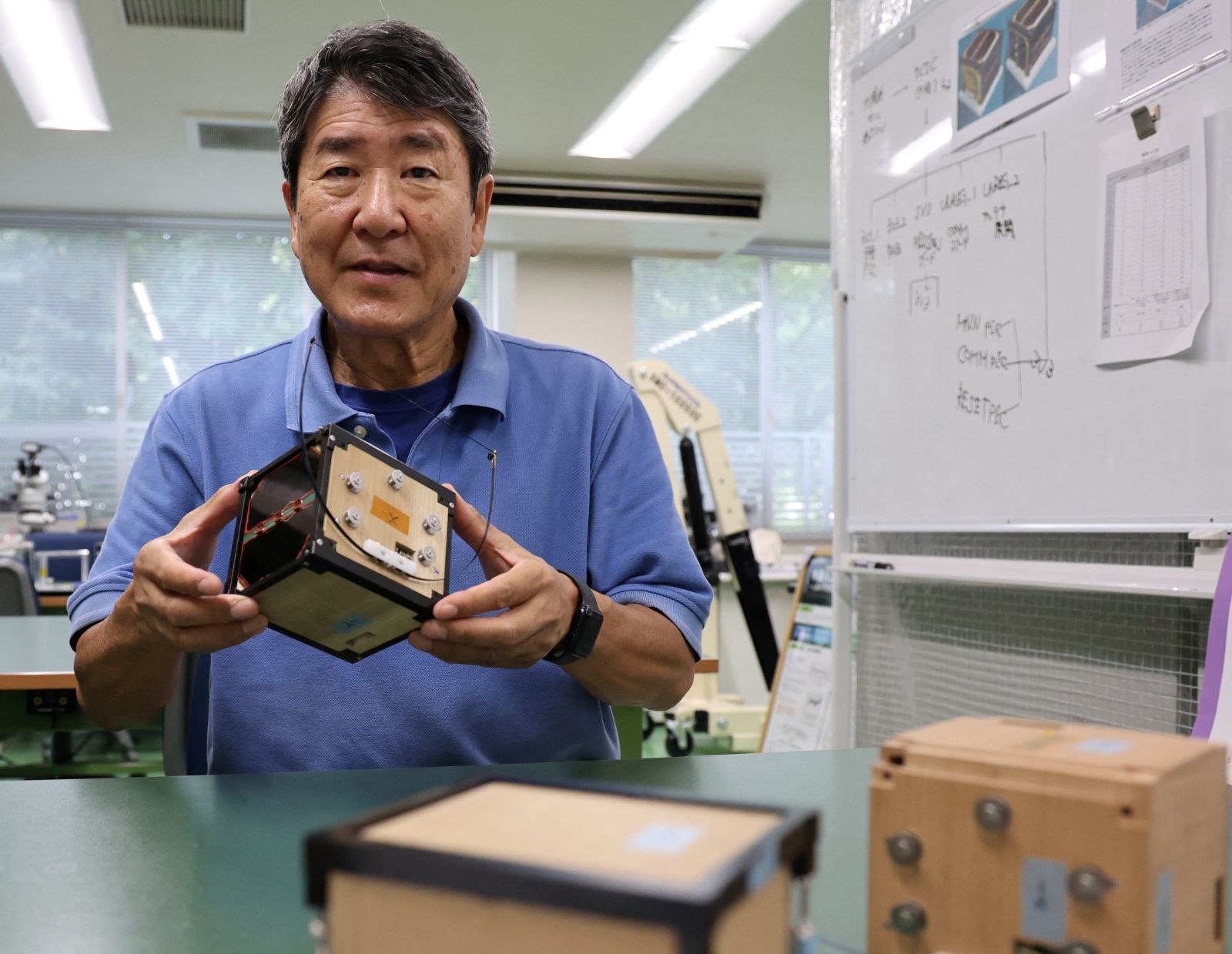

EXPECTED TO EXCEED 100 THOUSAND
This number is expected to exceed 100,000 in the coming years as major companies in the space industry plan massive satellite constellations.
SpaceX’s Starlink alone plans to launch about 40,000 satellites, while companies like Amazon, OneWeb, and Guo Wang have similarly ambitious plans.

During its six-month orbital mission, the satellite will collect valuable data on how wood performs in the harsh conditions of space.
COULD SHED LIGHT ON ENVIRONMENTALLY FRIENDLY SATELLITES
Most satellites have a lifespan of about five years, and the regular deorbiting and atmospheric combustion of devices poses an ongoing environmental concern.
LingoSat’s success could therefore pave the way for a new generation of environmentally friendly satellites.
